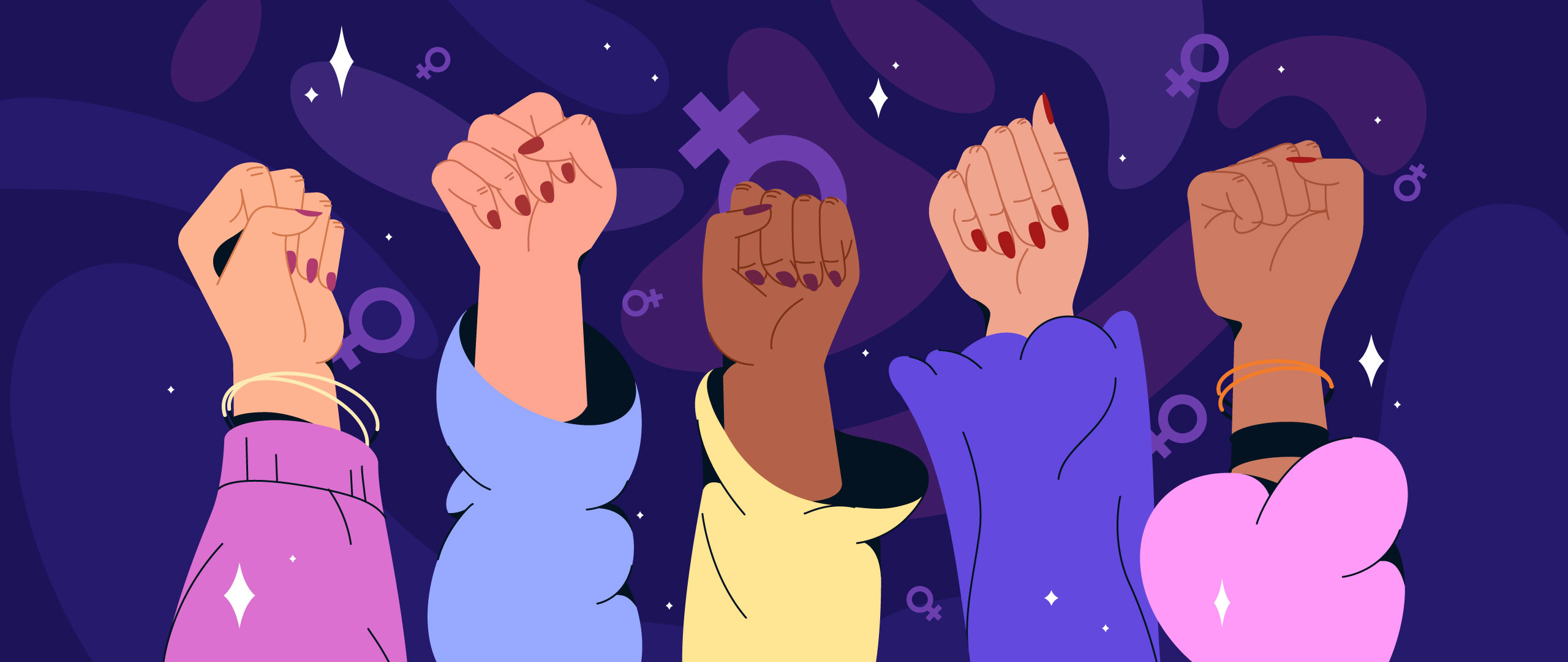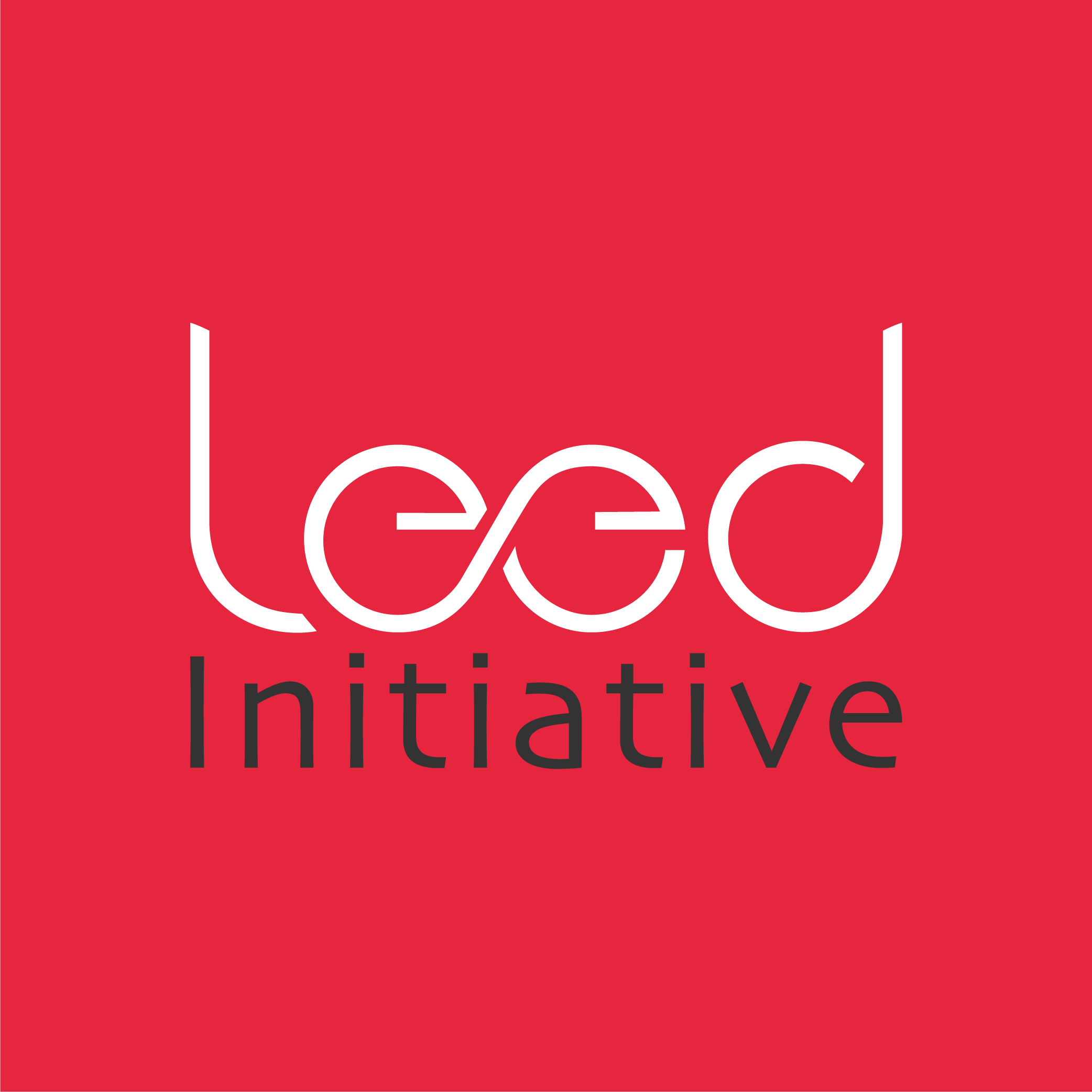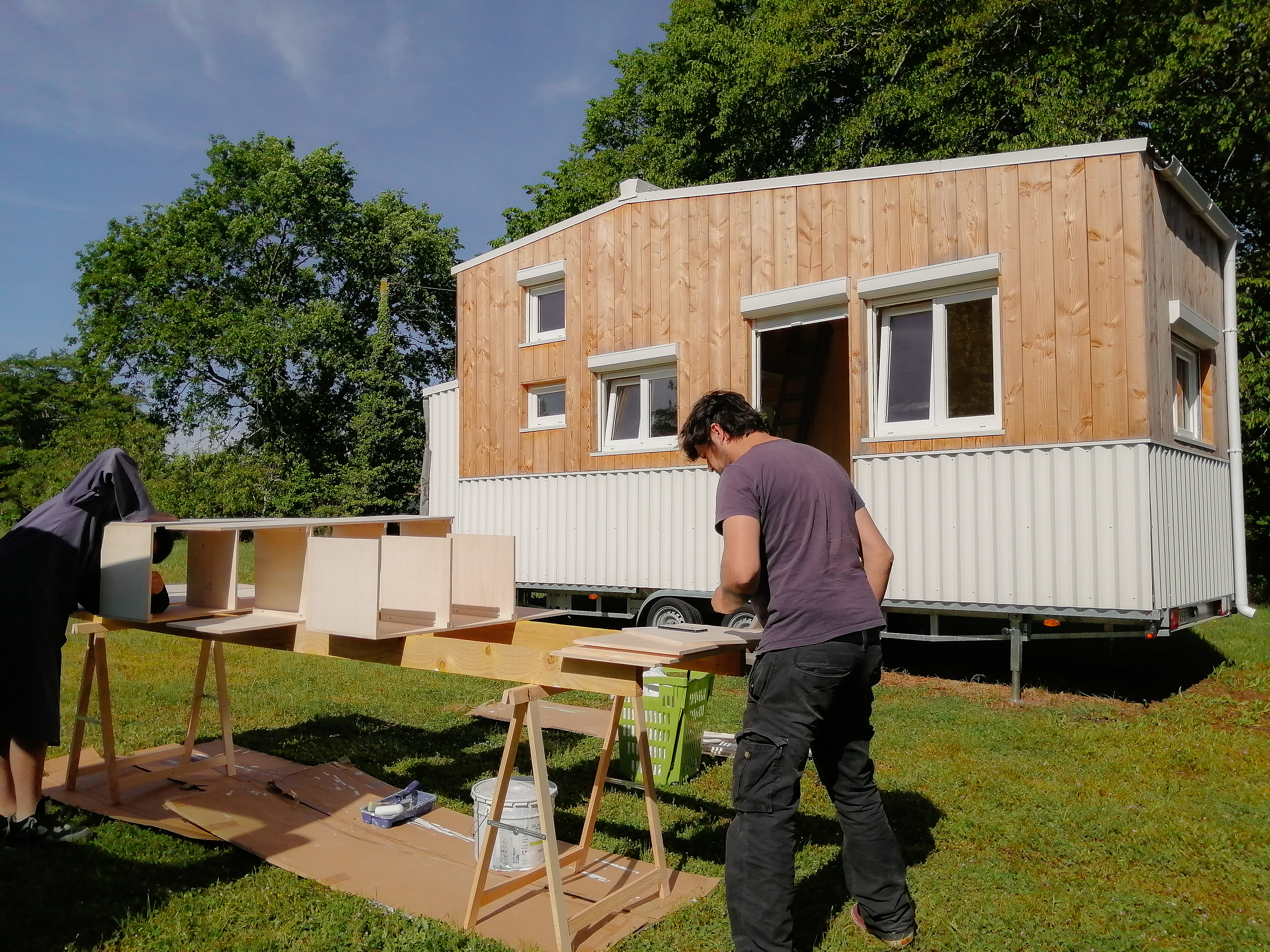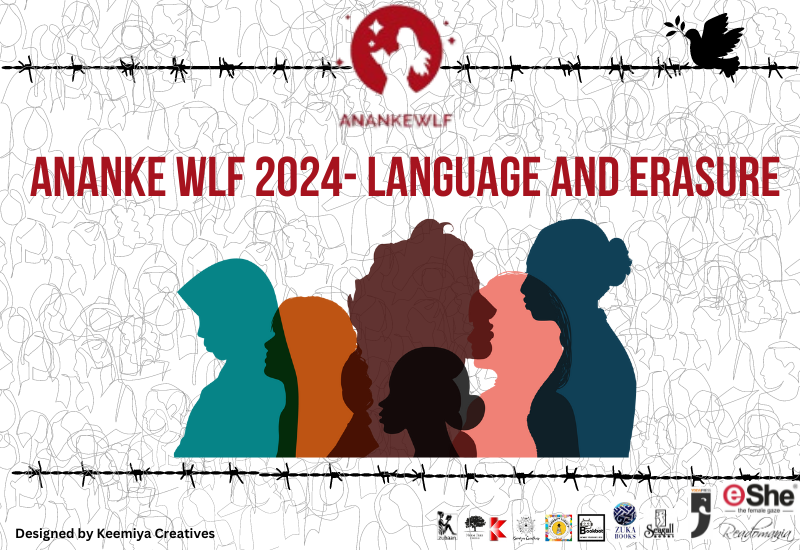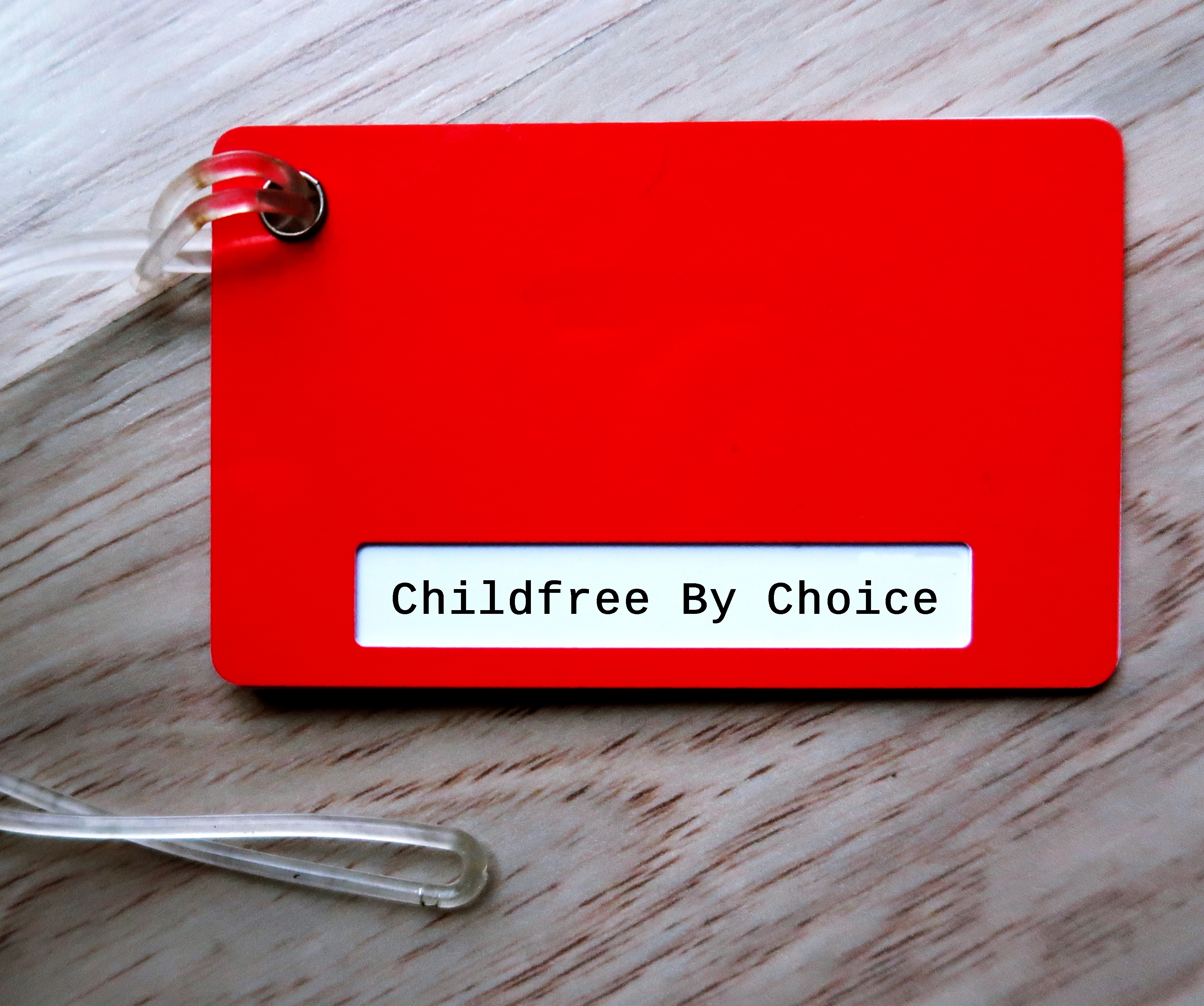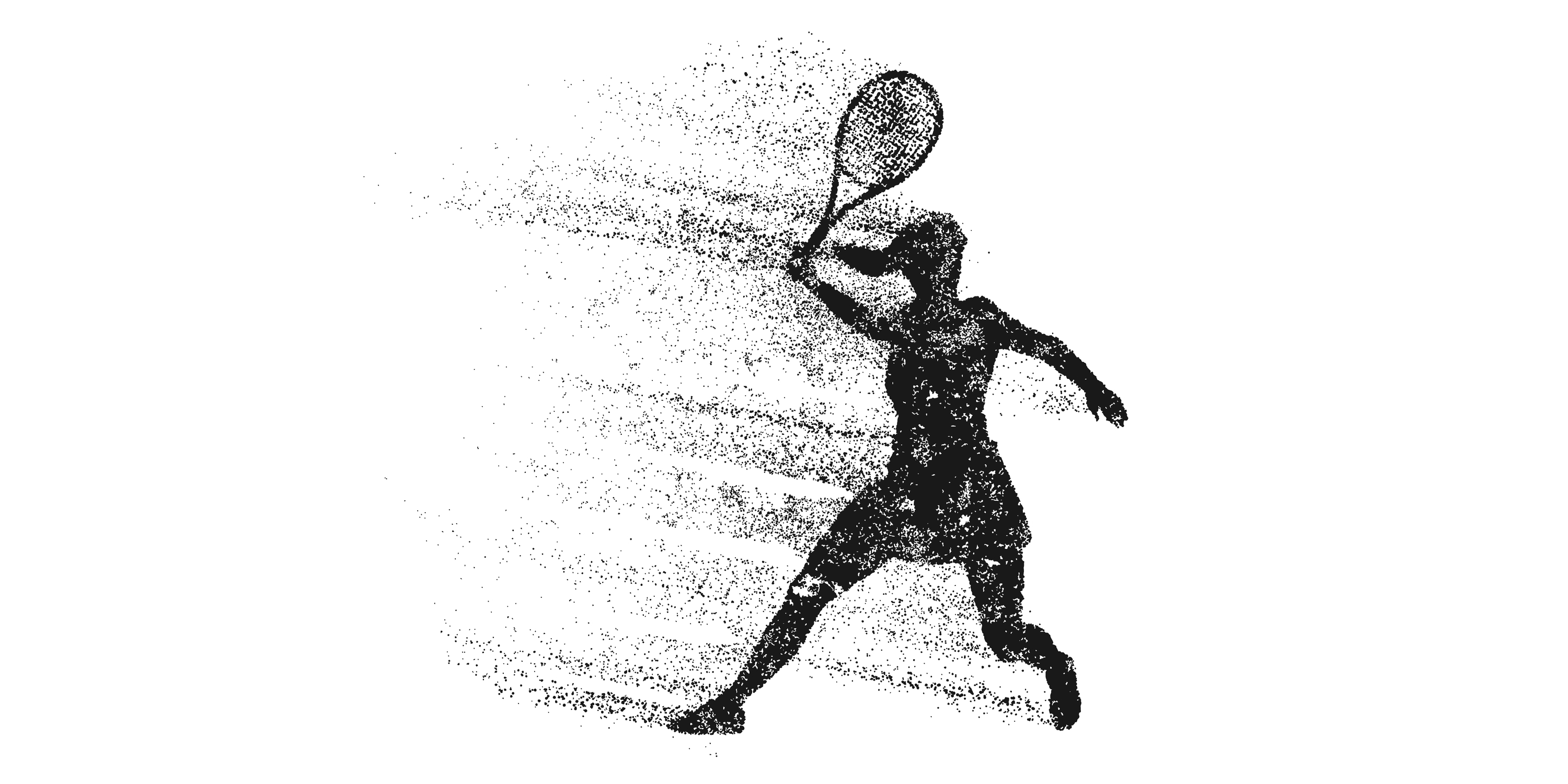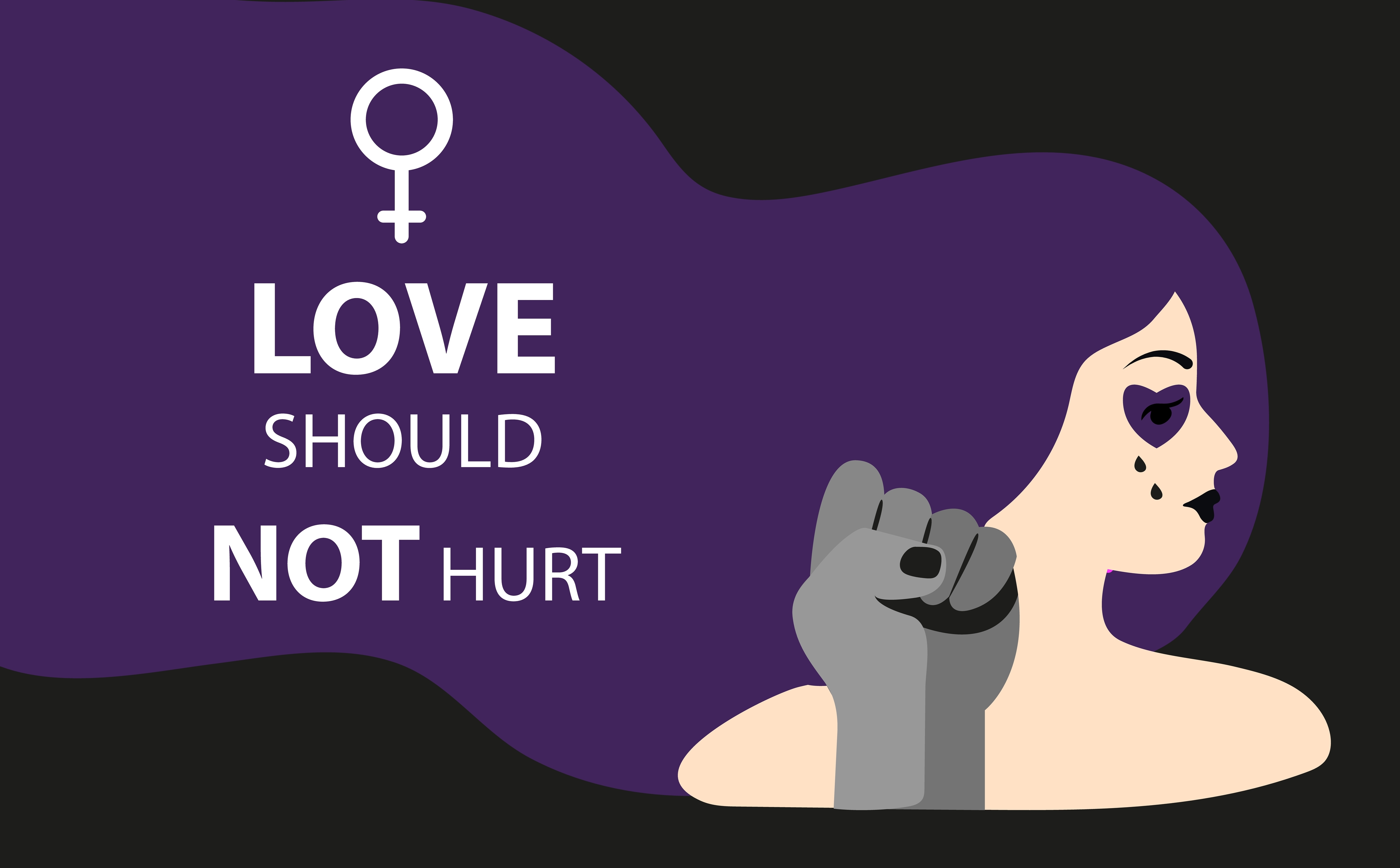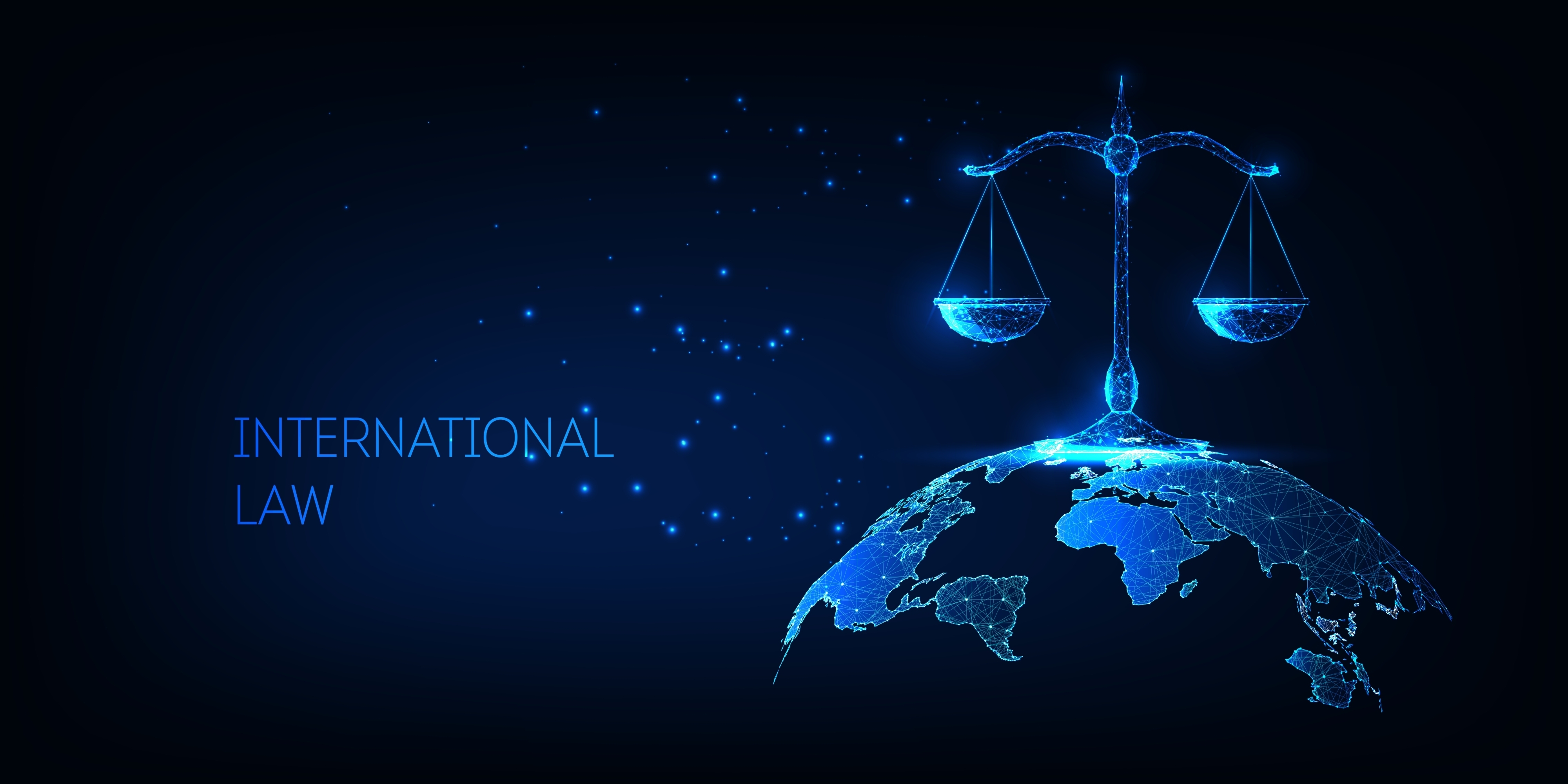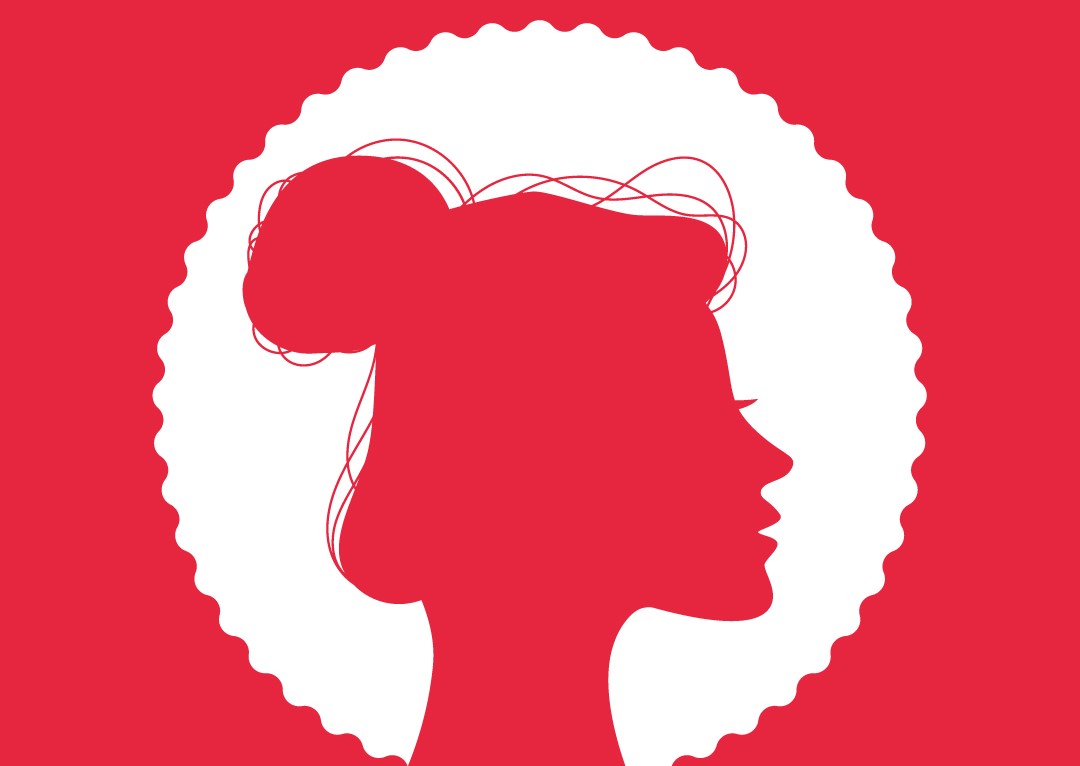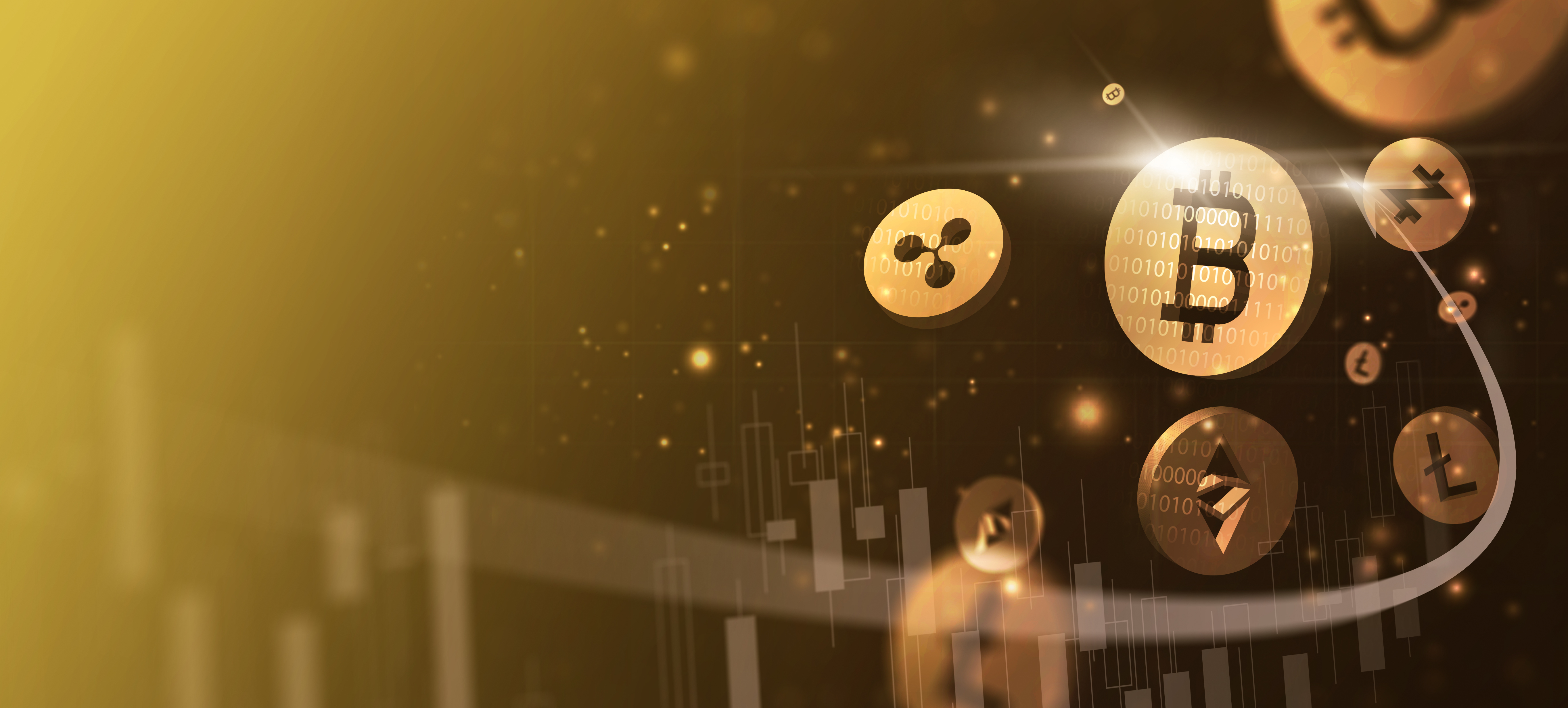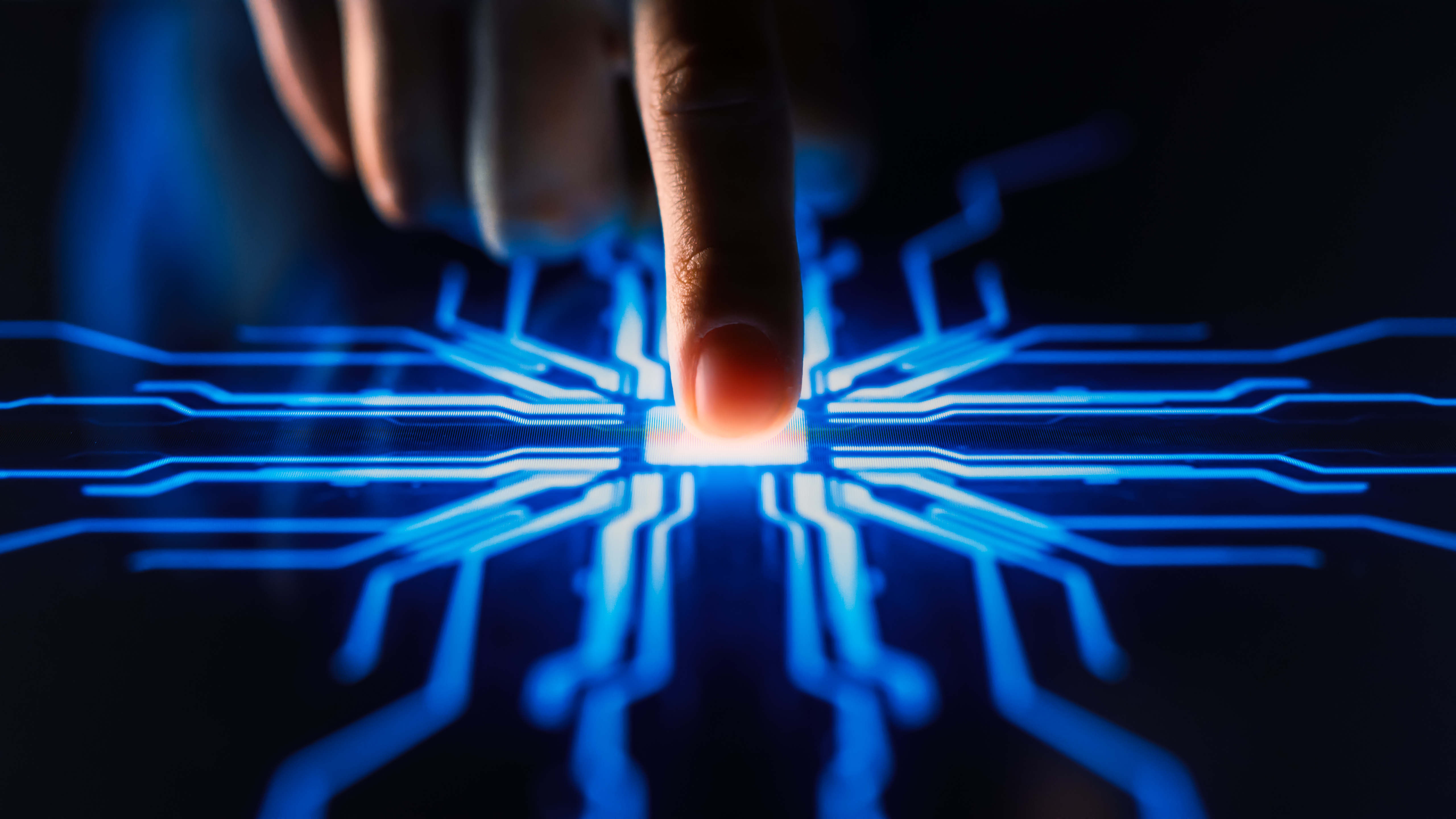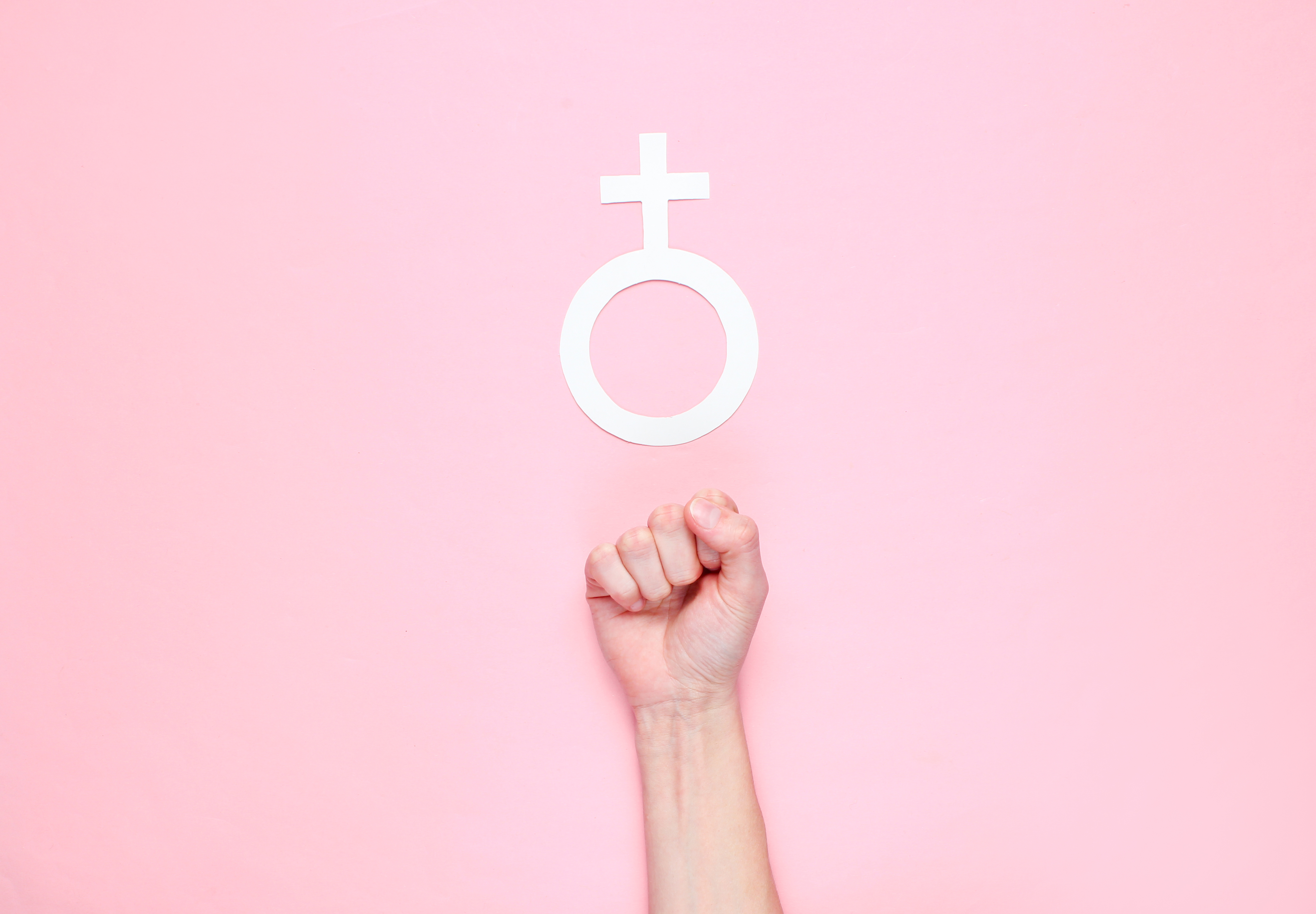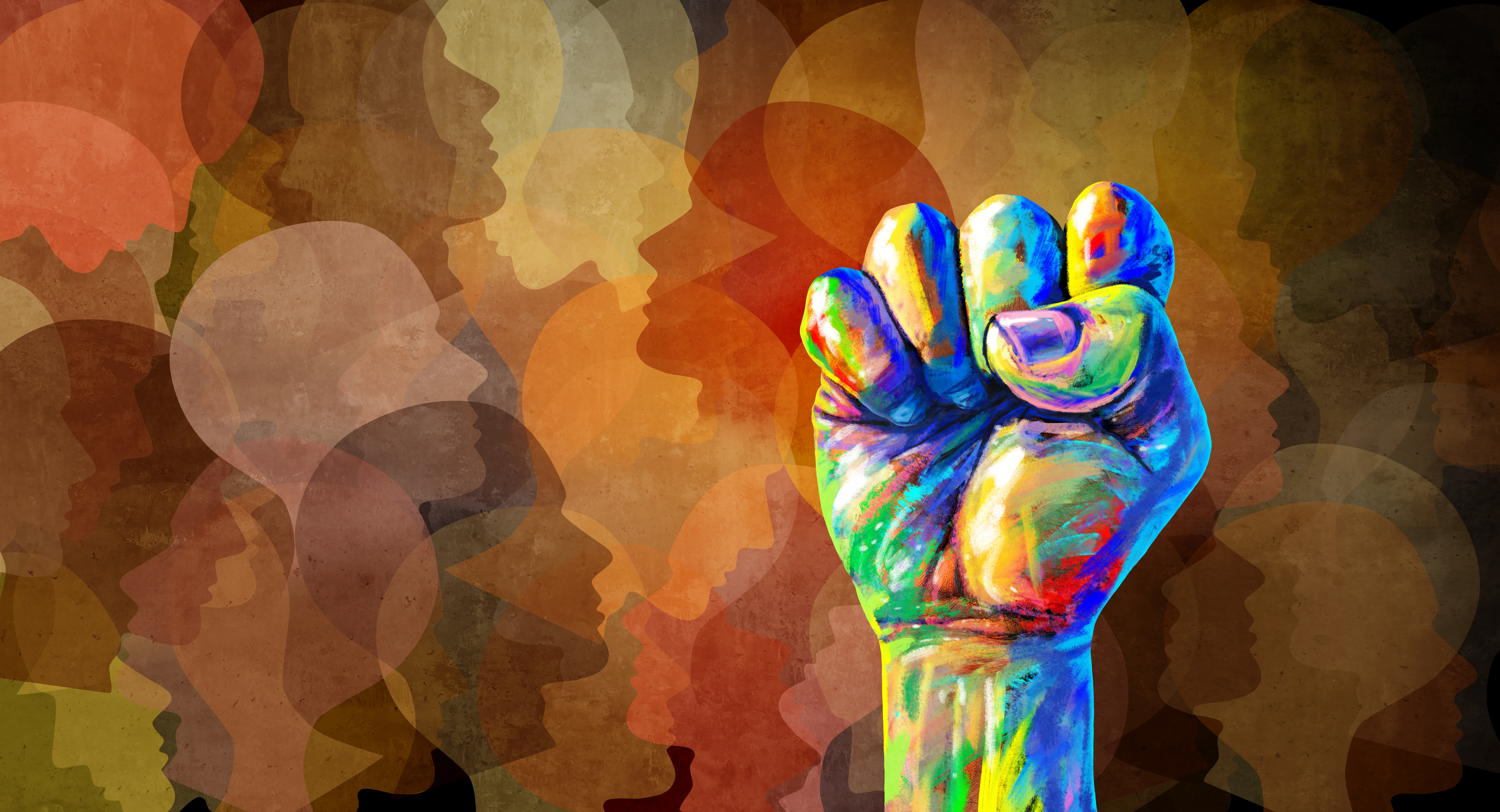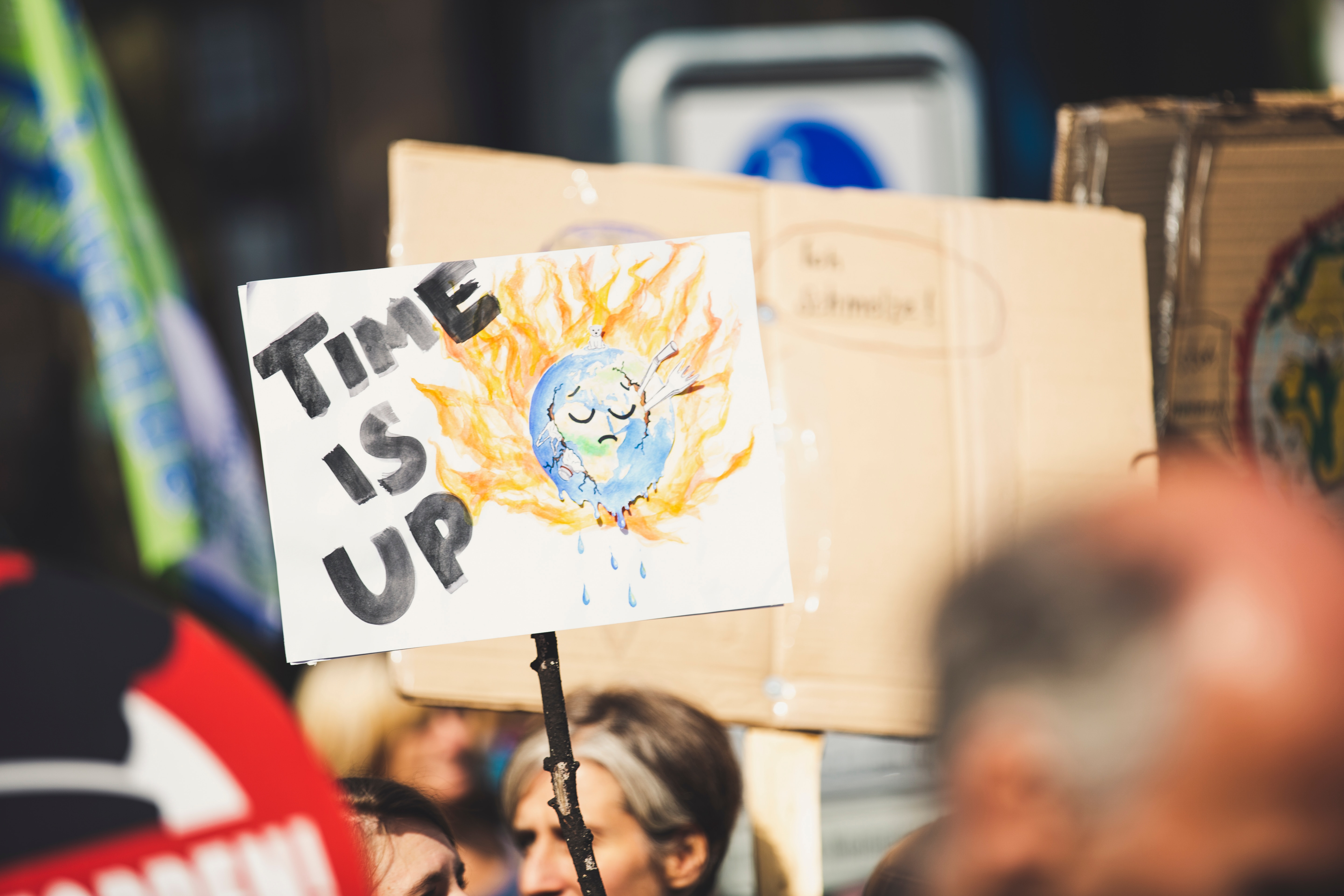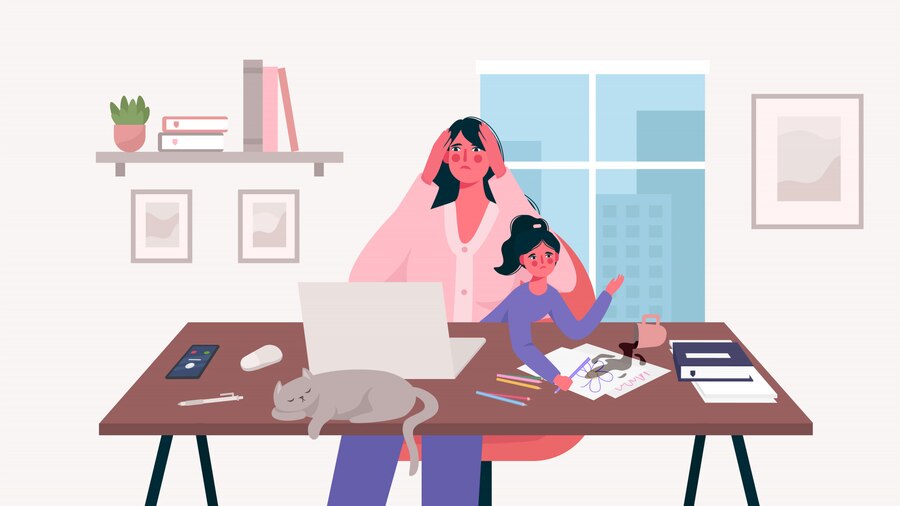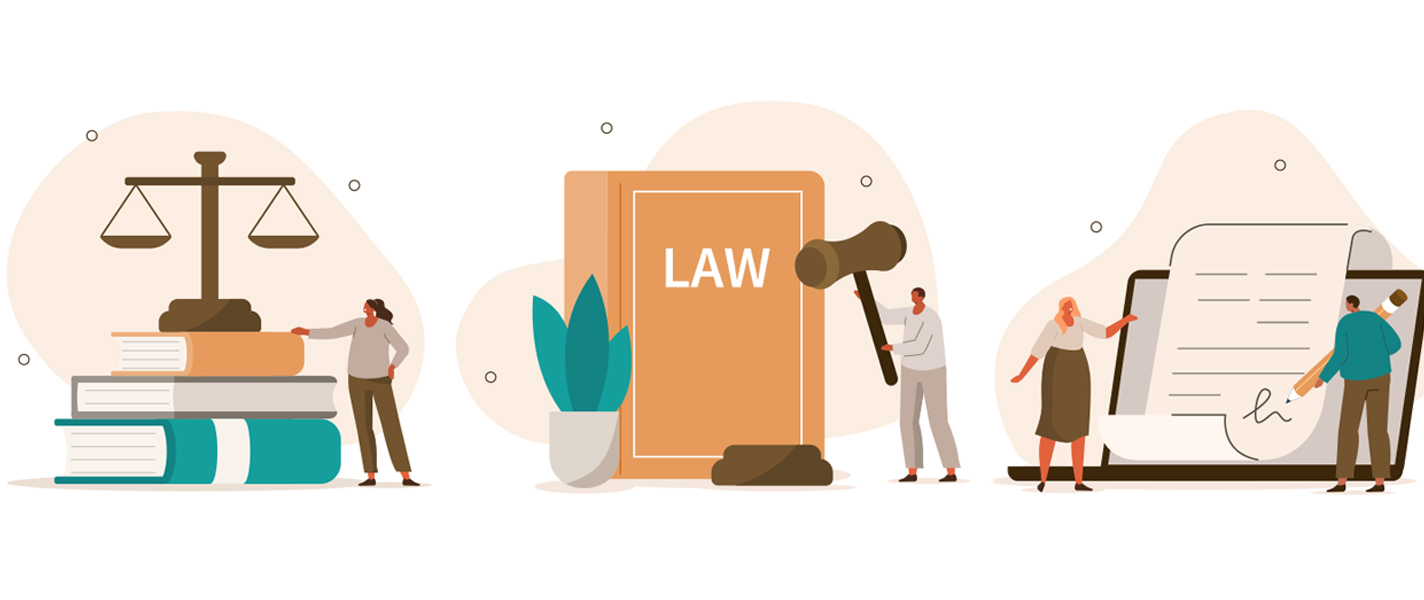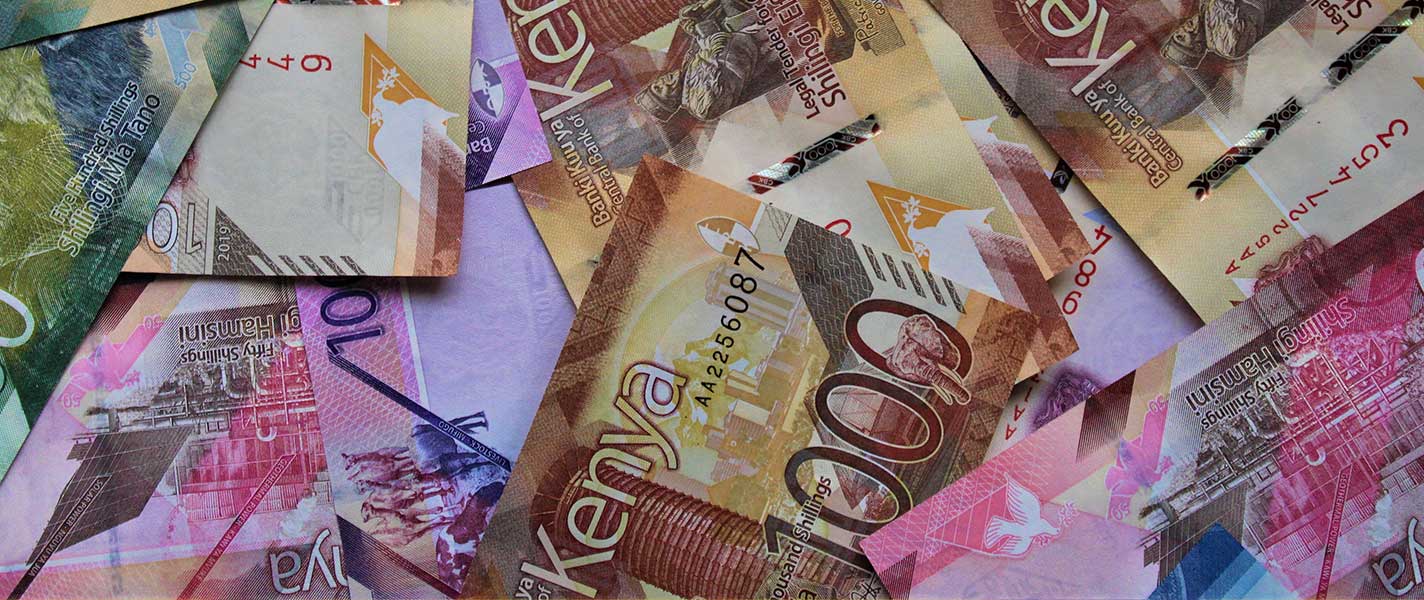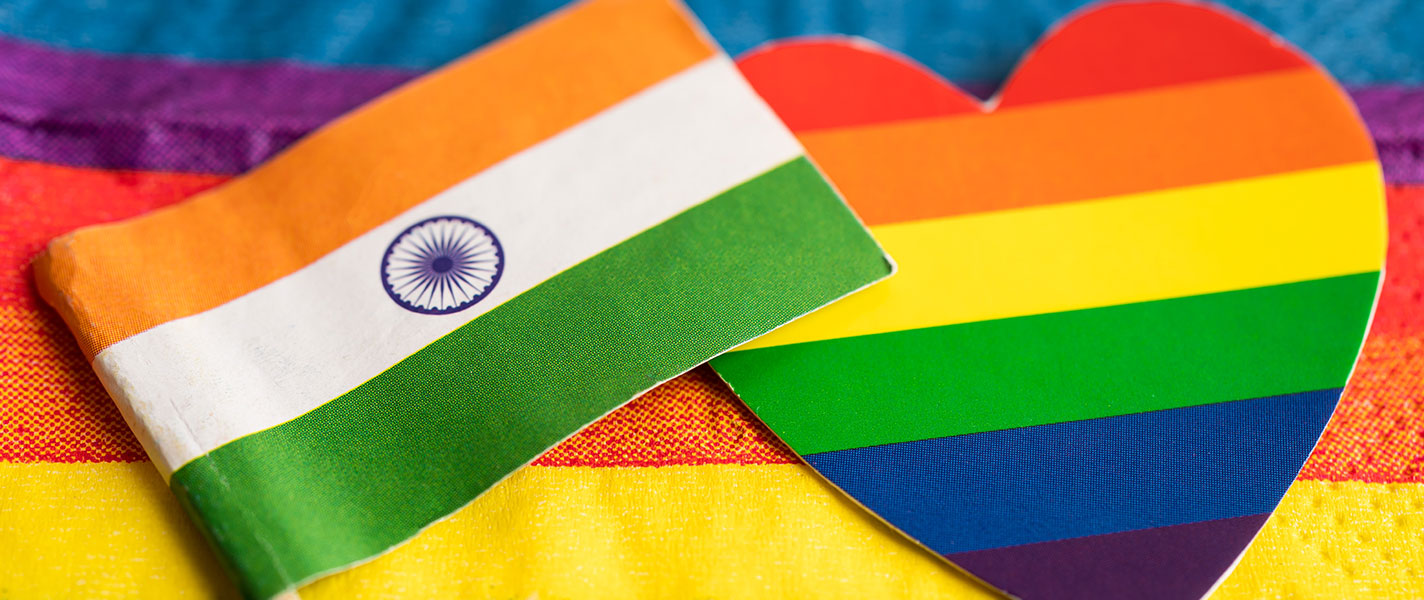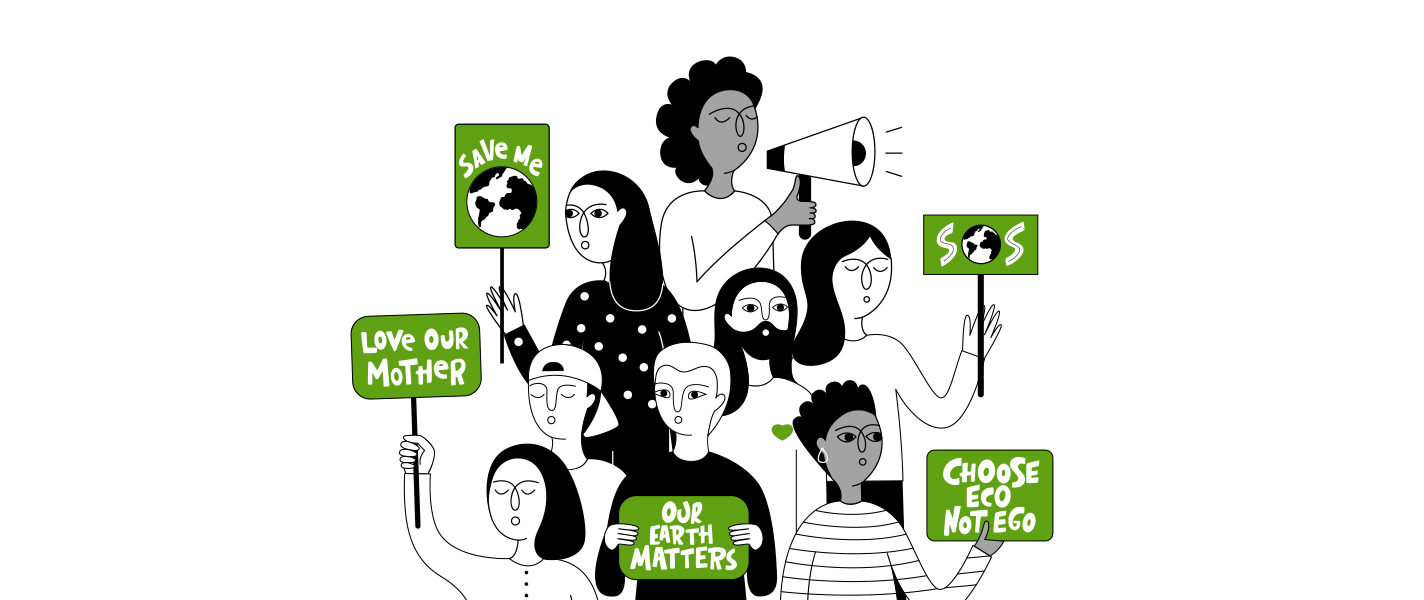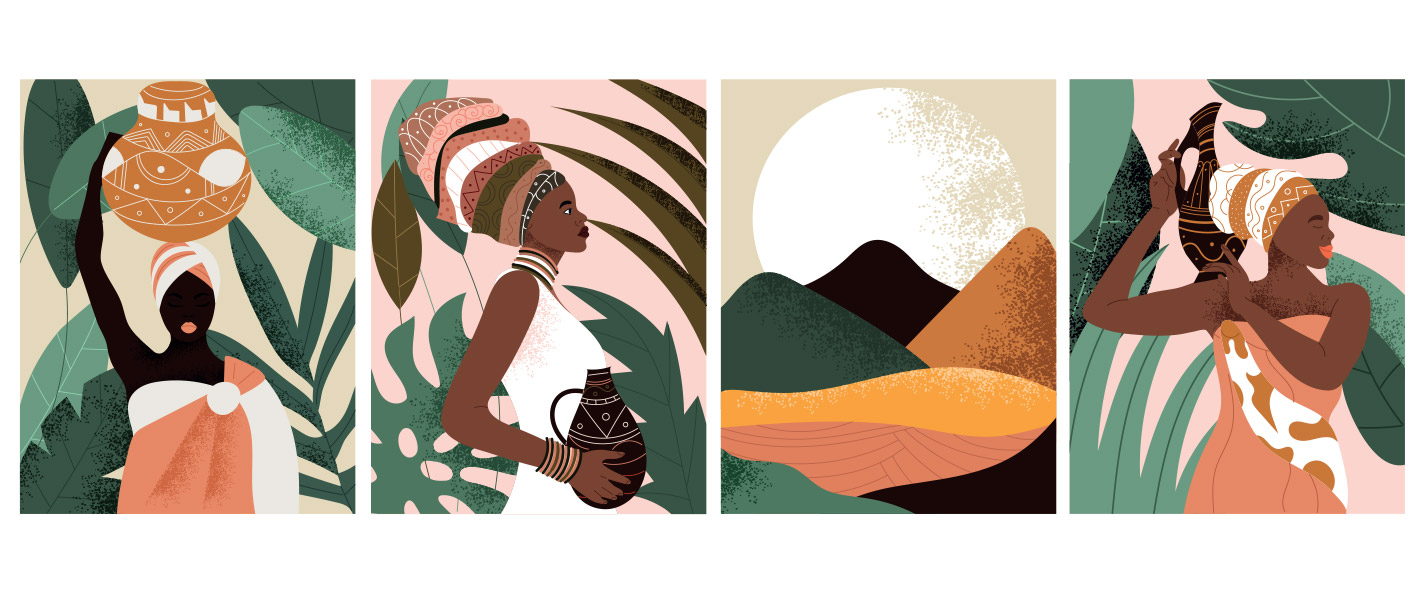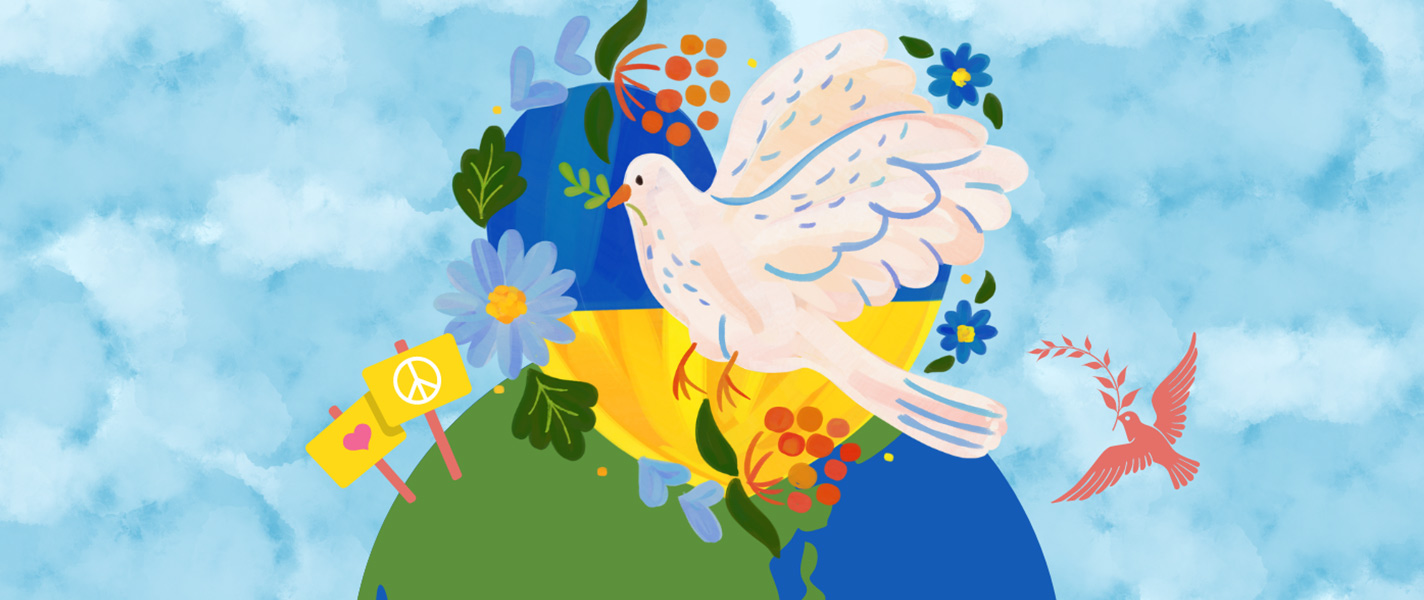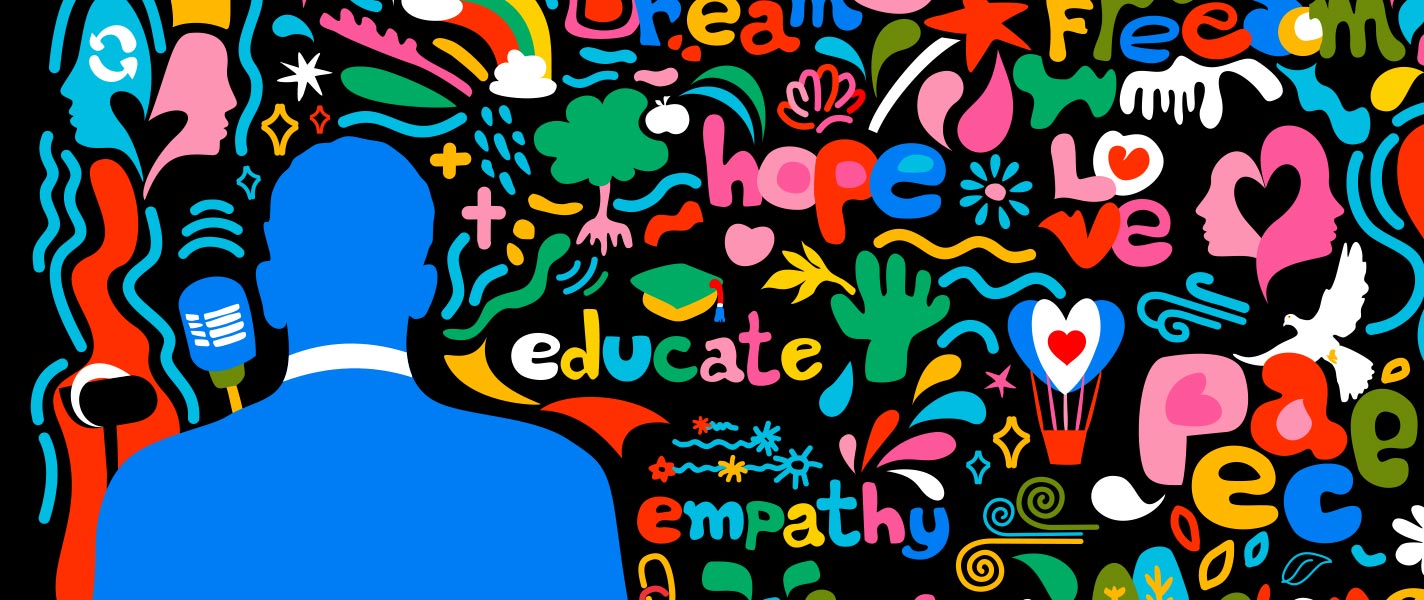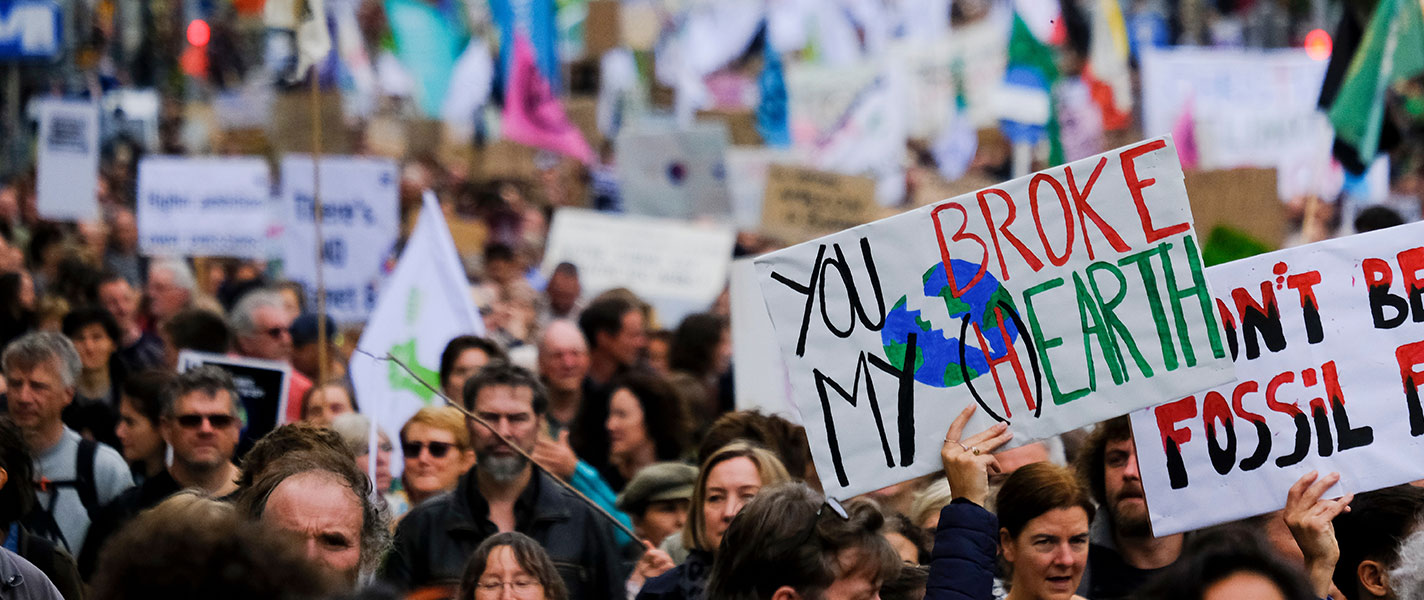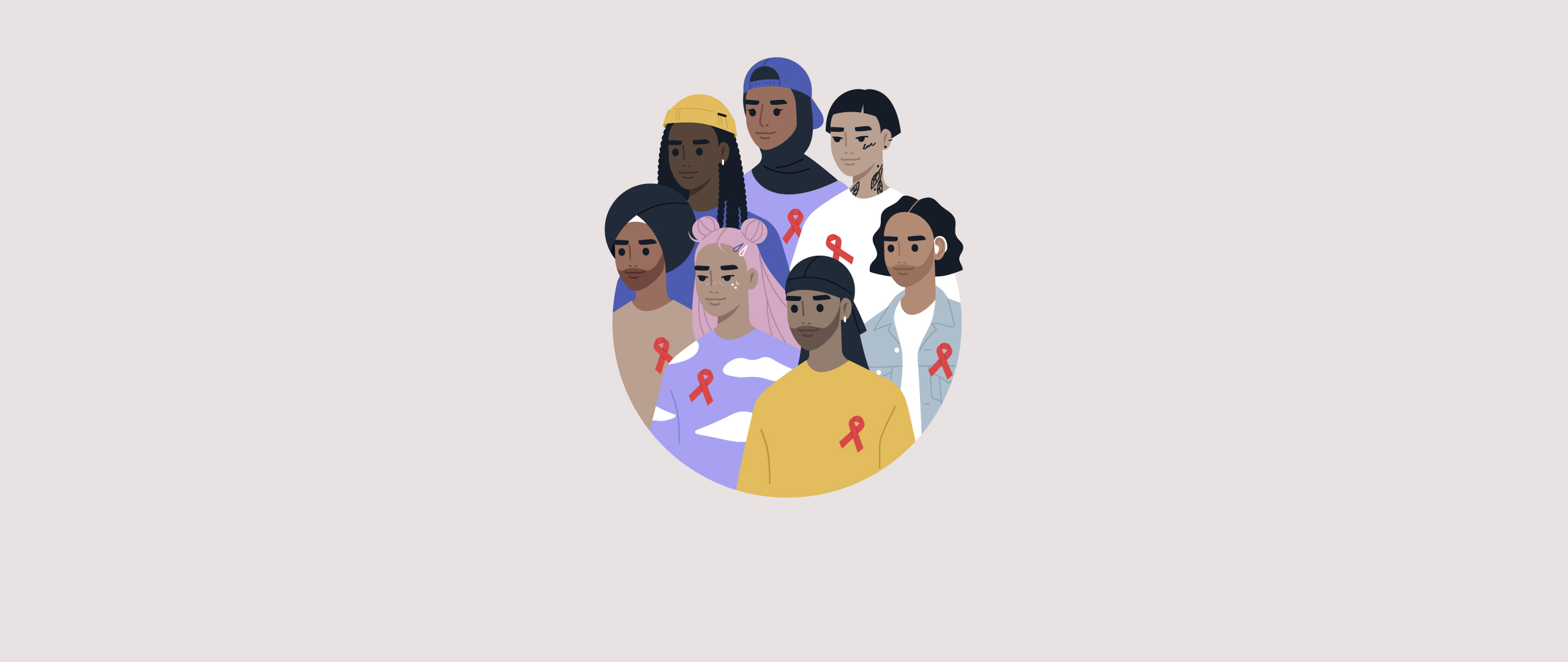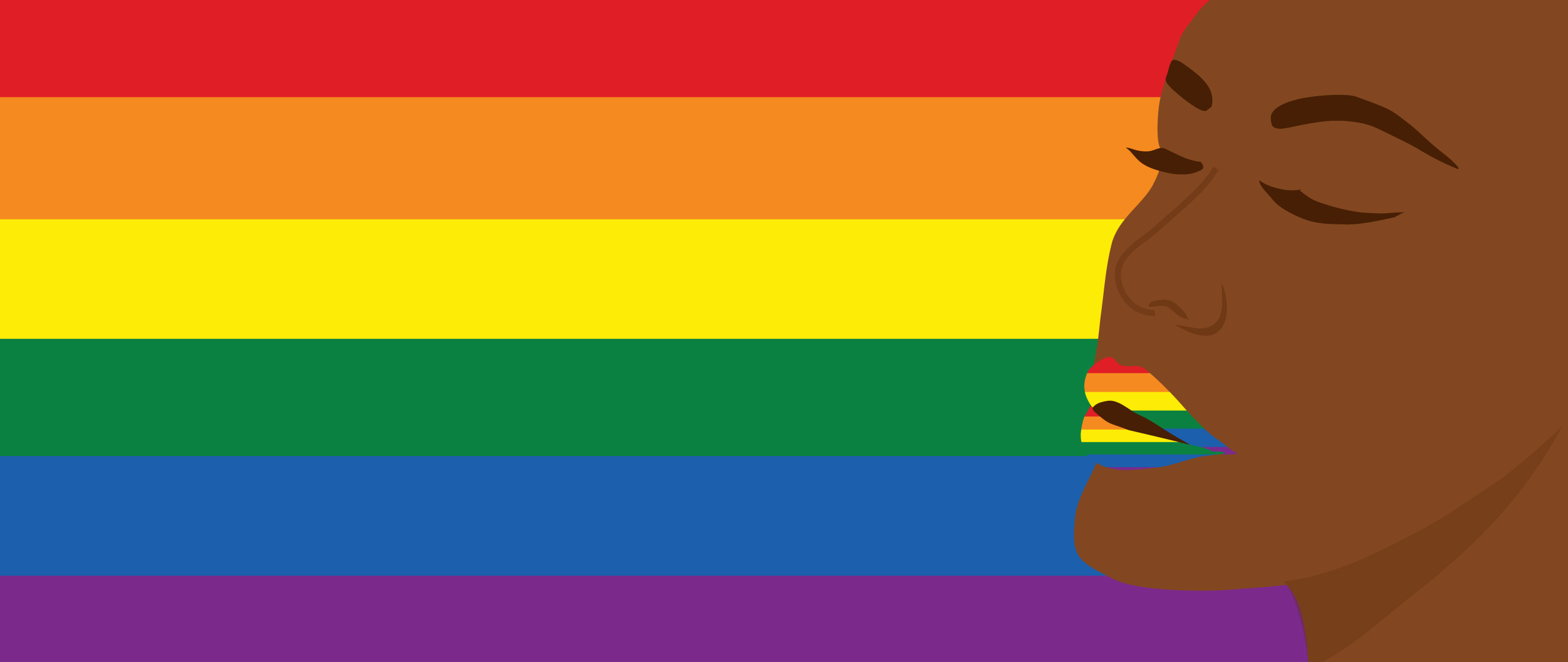NO More Whisper Networks!
Digital activism has taken the advocacy landscape by storm; but research has shown that it comes with its own host of shortcomings.
In its first edition of the Digital Saloons, LEED Initiative dives into the world of feminist activism in the time of digitalization, exploring how starting an online movement can pave the way to talk about empowering all women, more specifically victims of gender-based violence, inciting them to speak up and share their unheard stories.
The 21st Century has witnessed a pronounced and unprecedented increase in feminist efforts worldwide, leading to the rise of the fourth wave of feminism. A wave that is remarkably linked with the savvy use of digital technologies to further advance feminist causes, creating digital spheres for human rights activists and defenders in support of the causes they verily and utterly believe in. Respectively these digital spheres bore countless and far-reaching advocacy, mass mobilization, and awareness-raising campaigns. It was more that ever the time to call for action and creating reaction!
For its first ever panel discussion, LEED Initiative hosted three notable guest speakers from the Middle East and North African region. All of Enas Hamdy, the co-founder of RES Solutions, Ghida Anani, the founder and director of ABAAD, and Sonia Ben Miled, one of the female activists of the online Tunisian Movement Ena Zeda, highlighted how online platforms have become an integral and evolving space for both activism and feminism to come hand in hand and demand equal human rights and freedoms, as well as, unapologetically speak up about sexual harassment and rape, subjects which previously were only shared through the so called “whisper networks”.
Digital Spaces Reflecting the Bitter Misogynistic Realities
Digital Activism can be defined, according to Britannica, as “a form of activism that uses the internet and digital media as key platforms for mass mobilization and political action”. In other words, it offers the ability to connect with a large community and potentially globalize campaigns. Whilst digital activism has empowered many women globally and subsequently resulted in positive change and impact, it is important not to view it as solely the panacea for global gender equality, as it comes with its own host of shortcomings and challenges.
Indeed, it is true that 60% of the world population now has internet access, according to the Global Digital Insights. However, less than half of this percentage is women, and less than 1 out of 5 people in developing countries having access to internet. These dreary statistics only further imply the digital divide where the more privileged have access in the digital sphere, thereby more authority and visibility. This leads to a feminist movement that is asymmetrical and unrepresentative in nature of the voices of women, thereby conversely defeating the very purpose of the movement by silencing the marginalized and oppressed respectively.
Furthermore, the first Digital Saloon underlined the shortcomings of feminist activism including digital misogyny, cyber-bullying, government surveillance, and using digital spaces that replicate the same misogynistic power relations of the real world. The presence of feminism on the internet situates this social and political movement in the cusp of a new cycle that promises greater opportunities in terms of promoting the objectives of the movement. Hence, women remain systematically disadvantages vis-à-vis men.
Feminists face endemic challenges that are significantly shaped by misogynistic organizational structure and culture. What is need for the continual success of feminist efforts and for this vicious cycle to end is much research has to be made to in order to understand how to harmonize the work of online and offline grassroots movements, to fully reap the benefits of these opportunities we have at our fingertips.
